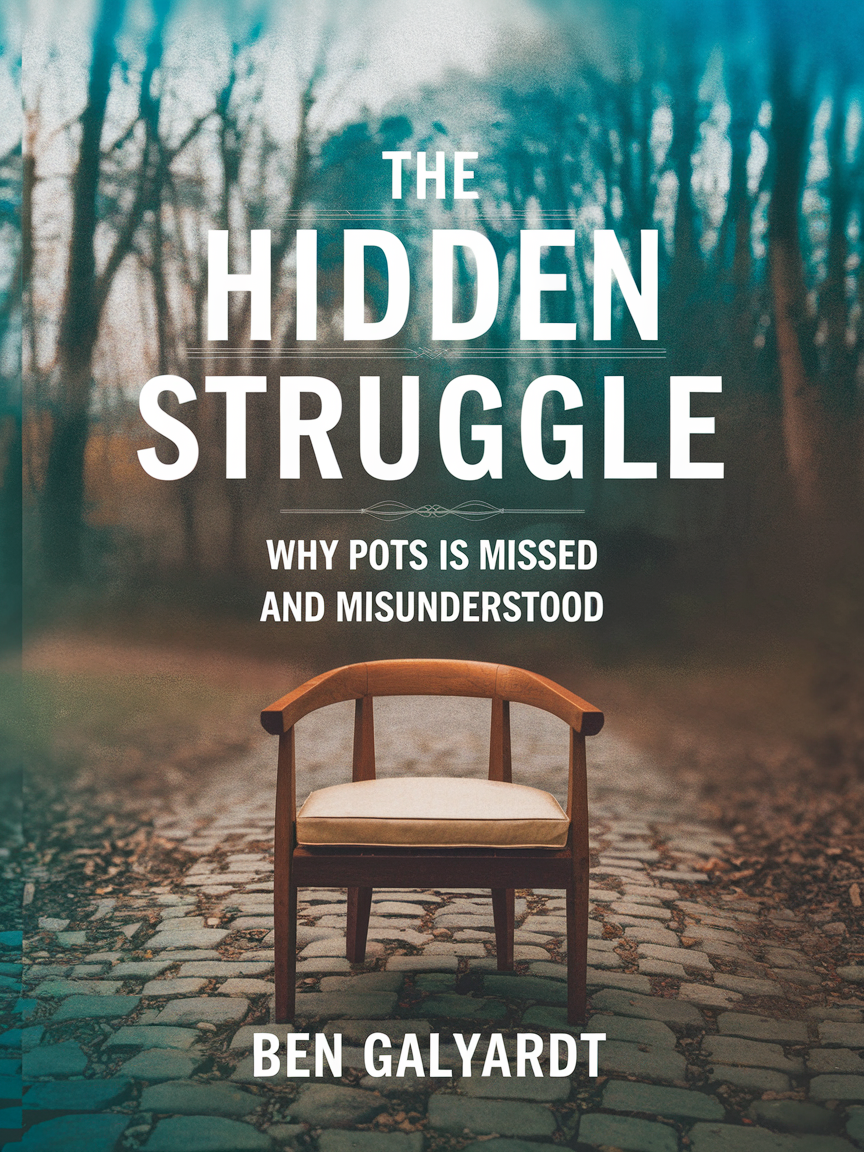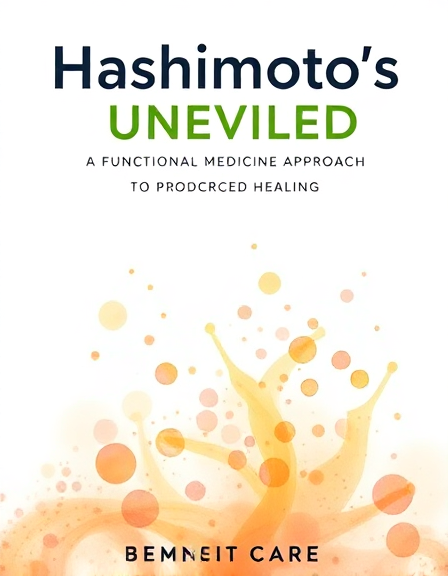Ben Galyardt
Biography
Aspiring Author
Reviews Summary
4.0
Rating Breakdown
6 total ratings
Aspiring Author
4.0
Rating Breakdown
6 total ratings
This book is a truly eye-opening and incredibly valuable resource for anyone dealing with POTS or seeking to understand it better. Ben Galyardt does an excellent job of laying out the complexities of POTS, explaining why it’s so often overlooked by traditional medical approaches. The patient stories are heart-wrenching and effectively illustrate the struggles people face in getting a diagnosis and appropriate care. I appreciated the author’s emphasis on functional medicine and addressing root causes rather than just managing symptoms, which felt very empowering. The book clearly articulates the multi-faceted nature of POTS, linking it to issues like blood sugar, gut health, and hormones. It’s written in a way that’s accessible even if you’re not a medical professional, making it easy to follow. I learned so much about why POTS can be so challenging to diagnose and treat effectively. This book offers a much-needed perspective and a message of hope for those affected by this condition. It’s a compelling read that makes you want to become a more informed advocate for your own health. I highly recommend this book to anyone looking for answers and a path towards healing for POTS.
"The Hidden Struggle: Why POTS Is Missed and Misunderstood" is an illuminating and deeply valuable resource for anyone seeking to understand Postural Orthostatic Tachycardia Syndrome. Ben Galyardt expertly dissects the complex reasons behind POTS’s frequent diagnostic challenges within conventional medical frameworks. The book’s narrative flows exceptionally well, transitioning smoothly between clear explanations of complex physiology and the raw, impactful patient stories. The core message advocating for a functional medicine approach to uncover systemic root causes, rather than just managing symptoms, is powerfully delivered. I appreciated the emphasis on patient empowerment, equipping readers with the knowledge to become proactive advocates for their health. The author successfully highlights how imbalances in blood sugar, gut health, and hormones contribute to POTS, offering a more nuanced perspective. This book fills a crucial gap in health and wellness literature, providing clarity and hope for those affected by this often-invisible condition. The comparison between symptom-based treatment and root-cause resolution is particularly insightful. It’s a thoroughly researched and empathetically written guide that I highly recommend. The writing is clear, accessible, and free of unnecessary jargon, making it understandable for a broad audience. This work provides a crucial framework for understanding and approaching POTS that is both comprehensive and actionable.
Ben Galyardt's "The Hidden Struggle" offers a deeply insightful exploration of POTS, a condition so often dismissed. The book excels at dissecting the systemic reasons behind POTS being overlooked by conventional medicine. Galyardt effectively bridges the gap between patient experience and the scientific rationale for a functional medicine approach. The patient narratives woven throughout are particularly poignant, illustrating the immense challenges of diagnosis and the hope for recovery. I appreciated the thorough explanation of how issues like gut health and blood sugar regulation can manifest as POTS. While the depth of information is commendable, some of the explanations might require a re-read for full comprehension. The author's passion for empowering readers to advocate for their health shines through, making this an invaluable resource. It clearly articulates that addressing root causes is key to moving beyond symptom management for POTS sufferers. This book is essential reading for anyone dealing with POTS, or those seeking to understand this complex condition better. It truly illuminated the multifaceted nature of POTS and offered a clear path toward potential healing. I found the emphasis on systemic imbalances rather than just symptom treatment to be particularly enlightening. This is a vital contribution to the health and wellness literature, offering a much-needed perspective on POTS.
Hashimoto's Unveiled offers a genuinely illuminating perspective on this complex condition. Ben Galyardt masterfully guides readers through the functional medicine approach, explaining the 'why' behind Hashimoto's. The book is written in an accessible, conversational style that makes learning enjoyable. It effectively breaks down intricate topics like gut health and nutrient deficiencies into digestible information. I found the emphasis on addressing root causes, rather than just symptoms, incredibly empowering. The practical, evidence-based strategies provided felt actionable and realistic for everyday life. Galyardt's writing is clear, compassionate, and consistently encouraging. This book is a must-read for anyone seeking a deeper understanding and a hopeful path forward with Hashimoto's. It has certainly changed how I think about managing my own health. I really appreciated the detailed exploration of hidden triggers. The journey through systemic imbalances was eye-opening. This guide truly equips you with the knowledge to take control.
"Hashimoto's Unveiled" attempts a comprehensive dive into functional medicine for Hashimoto's, but ultimately falls short of its ambitious promise. The book outlines key triggers like gut health and nutrient deficiencies, yet the exploration of these areas feels superficial rather than deeply analytical. While the author aims for clarity, the writing style occasionally drifts into jargon, making complex concepts less accessible than intended. The narrative structure feels more like a collection of information points than a cohesive exploration of healing pathways. I had hoped for more actionable, nuanced guidance that moved beyond generalized advice on lifestyle changes. Readers seeking a foundational understanding might find value, but those expecting a detailed roadmap may be disappointed.
This book offered a decent overview of the functional medicine approach to Hashimoto's. While it aimed to cut through confusion, some sections felt a bit repetitive in explaining the core concepts. The author's writing style is generally accessible, making complex ideas easier to grasp. The exploration of hidden triggers like gut health and toxins was informative, providing practical insights. I appreciated the focus on root causes rather than just symptom management, which is a refreshing perspective. However, some of the proposed solutions lacked the detailed, step-by-step guidance I was hoping for. It felt like a good starting point for understanding the "why" behind Hashimoto's from a functional standpoint. Readers looking for a comprehensive, all-encompassing guide might find this book a bit light on actionable detail. It certainly sparked a desire for further research into specific interventions mentioned. Overall, it's a helpful read for those beginning their journey with functional medicine and Hashimoto's. I would recommend it to someone seeking a foundational understanding before diving deeper into more clinical texts.

